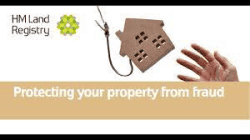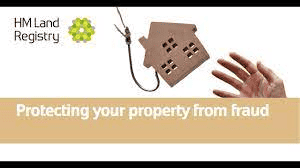When you buy or sell property in England and Wales, you must register the change of ownership with the Land Registry. This is a non-ministerial department that records ownership of property and land. Once a property is included on the register, HM Land Registry records any mortgages or leases affecting it as well as changes in ownership. It also gives a land title to property owners, guaranteed by the government, and a title plan which shows the boundaries of the property.

Do I have to register my property with the Land Registry?
Anyone buying or inheriting a property must apply to the Land Registry to register ownership. By doing this, your property rights are guaranteed and protected. It helps defend your property against fraud and is evidence of ownership and also makes it easier to sell the property. Any interest which affects a property, such as a mortgage, a lease or a right of way must also be registered. The Land Registry recommends taking extra measures against fraud by applying a Form LL Land Registry Restriction. This requires the solicitor or conveyancer acting in the disposition of the property to certify that the person executing the transfer deed is the true owner. The restriction usually reads as follows:
“No disposition of the registered estate by the proprietor of the registered estate is to be registered without a certificate signed by a conveyancer that that conveyancer is satisfied that the person who executed the document submitted for registration as disponor is the same person as the proprietor.”

This adds an additional level of protection against property fraud, which is particularly important for more vulnerable properties such as those which are vacant. Firms such as Parachute Law can help with verifying your ID or removing the restriction from the Land Registry. You can read more information about form LL on the government website here
What information is kept by the Land Registry?
The Land Registry has records for most properties in the UK. This includes the owner’s name, the purchase price and information about the mortgage status. The title plan showing the boundaries of the property is also held, as well as the name of the lender and whether the property is freehold or leasehold. It also holds information about how likely the property is to flood.
How can I get information about a registered property?
Anyone can search the register online for information about a registered property. If you are looking for more detailed information about a property, such as previous owners, you can get a copy of the deeds from the Land Registry.
How do I register a property at the Land Registry?
The first step is to search the register to ensure your property has not already been registered. If it has never been registered, you will need to fill in an application for the first registration of new ownership and send the necessary forms and documents to the Land Registry with the registration fee. If it is already registered, you will need to fill in an application to register transfer of ownership. Form TR1 is used to transfer the whole of the property in one or more registered titles and is also used to transfer unregistered property which is being registered for the first time.

